Strengths and Strategy: Aligning Talents with Business Goals
In a world where businesses face increasing complexity, one factor remains constant: people are at the heart of strategy execution. Research shows that engaged employees contribute to 23% more profitability, 18% higher productivity, and 43% lower turnover. Yet, disengagement is widespread—only 14% of employees in Singapore are actively engaged at work.
For organisations, this gap means strategic plans often fail not because of flawed ideas, but because teams are not aligned, motivated, or equipped to deliver. This is where a strengths-based approach becomes a powerful driver of measurable growth.
From Engagement Crisis to Competitive Advantage
Strengths School® has worked with more than 1,000 teams across 12 countries, impacting over 40,000 lives. Their experience highlights a recurring challenge: disengagement is rarely about skills alone. More often, it stems from a lack of self-awareness, personality conflicts, and misaligned working styles.
Instead of tackling these issues with surface-level solutions like one-off team bonding activities, Strengths School® uses its TeamEDGE™ framework, built on over 85 years of Gallup research, to:
Map each individual’s innate wiring and working style.
Provide a scientific, structured approach to understanding differences.
Turn potential sources of conflict into opportunities for collaboration.
This shift transforms disengagement from a liability into a competitive advantage.
Aligning Strengths with Strategic Objectives
A common pitfall of strategy is that it stays at the organisational level while employees struggle to connect it with their day-to-day roles. TeamEDGE™ workshops help bridge this by enabling employees to:
Identify their top strengths (e.g. CliftonStrengths themes).
See how those strengths apply directly to team and business priorities.
Develop a common language of strengths that enhances collaboration across departments.
For example, in a Singapore Tourism Board programme, Strengths School® helped five different divisions adopt a common strengths language. This not only improved communication within teams but also enhanced cross-departmental collaboration—ensuring strategic initiatives could move forward faster and with less friction.
Case Study Insights: Strategy in Action
1. Lazada – Building High-Potential Leaders
Lazada engaged Strengths School® to integrate CliftonStrengths into their high-potential employee programmes. By helping employees recognise their unique strengths, Lazada reported improved team communication and stronger alignment with organisational objectives.
2. VF Corporation – Making Strengths a Leadership Framework
VF Corporation Asia wanted to improve employee performance and engagement at scale. By embedding the strengths-based framework into leadership development, teams were able to maximise both individual contributions and collective output—leading to stronger business outcomes across markets.
3. Unilever – Strengths as Personal Branding
Unilever sought to help employees connect personal authenticity with business performance. Strengths School® delivered a workshop where participants discovered how their innate talents could shape their own “adventure” while directly supporting Unilever’s corporate goals.
These examples show that aligning talents with strategy is not a one-size-fits-all exercise. It requires tailored interventions that address the specific dynamics, culture, and goals of each organisation.
Practical Takeaways for Leaders
Leaders looking to connect team strengths with business goals can start by:
Investing in strengths profiling – use tools like CliftonStrengths to uncover team members’ natural talents.
Making strengths part of strategy conversations – when setting objectives, discuss not just what needs to be achieved, but who is best positioned to deliver based on strengths.
Building accountability through strengths language – create a shared vocabulary so teams can collaborate more effectively and resolve conflicts constructively.
Sustaining impact beyond workshops – Strengths School®’s lifetime Q&A support ensures that learning translates into everyday practice, not just short-term enthusiasm.
Strengths as a Growth Multiplier
Organisations that align talents with business goals are not only achieving growth—they are building resilient cultures where employees thrive. Whether the aim is to increase market share, drive innovation, or improve customer experience, the real differentiator is how well leaders harness the unique strengths of their people.
At Strengths School®, our mission is clear: to help businesses turn strategy from a document into a lived reality, powered by individuals who are fully engaged, self-aware, and working at their best.



